Circuit Breakers
Circuit breakers are vital electrical devices designed to protect electrical circuits and equipment from overcurrents and short circuits. They act as automatic switches that can interrupt the flow of electrical current when abnormal conditions occur, preventing damage to the electrical system and reducing the risk of fires and electrical hazards.
Key features and functions of circuit breakers include:
1. Overcurrent Protection: Circuit breakers sense and respond to excessive current flows that could result from equipment malfunctions, short circuits, or overloads.
2. Trip Mechanism: When an overcurrent condition is detected, the circuit breaker’s trip mechanism is activated, causing the breaker contacts to open and interrupt the electrical circuit, instantly stopping the current flow.
3. Resettable: Circuit breakers can be reset after tripping, allowing power to be restored to the circuit once the issue causing the overcurrent has been resolved.
4. Current Rating: Circuit breakers come in various current ratings to match the specific needs of different electrical circuits and equipment.
5. Types of Circuit Breakers: There are different types of circuit breakers, including thermal, magnetic, and combination (thermal-magnetic) circuit breakers, each designed to respond to different types of overcurrents.
6. Application Range: Circuit breakers are used in various settings, from residential and commercial buildings to industrial facilities, to safeguard electrical systems and protect connected devices and equipment.
7. Coordination: In larger electrical systems, circuit breakers are coordinated to ensure that the breaker closest to the fault or overcurrent condition trips first, minimizing disruption to unaffected parts of the system.
Circuit breakers are a crucial component of electrical safety, offering protection against dangerous overcurrent events and helping to maintain a reliable and stable electrical supply. They are widely used in electrical panels, distribution boards, and other power distribution systems to ensure the safe and efficient operation of electrical circuits and equipment.
Showing 1–9 of 173 results
-
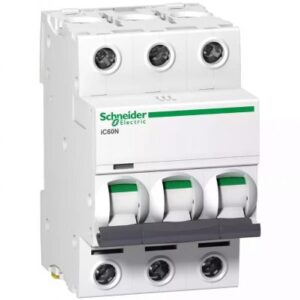
Schneider Electric ACTI9 MCBs (98)
-
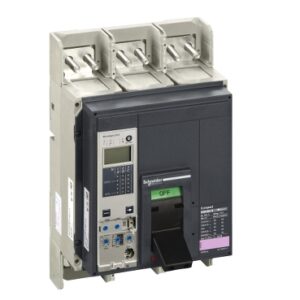
Schneider Electric MCCBs CompactNS (8)
-
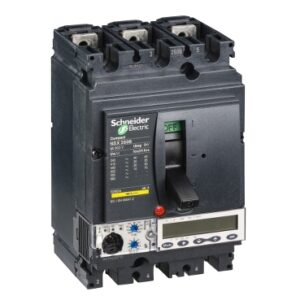
Schneider Electric MCCBs CompactNSX (20)
-
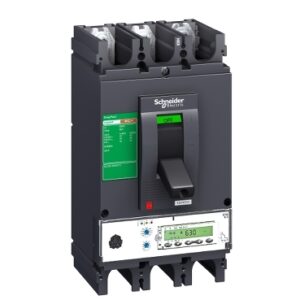
Schneider Electric MCCBs EasyPact CVS (20)
-
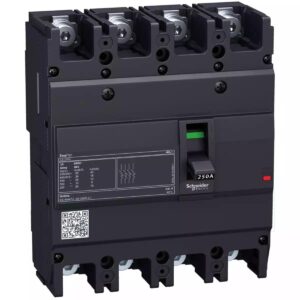
Schneider Electric MCCBs EasyPactEZC (13)
-
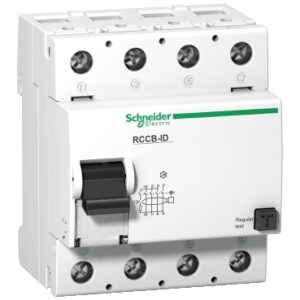
Schneider Electric RCCBs (14)
-

MCB – 1 POLE – 10 A – 6 KA – ACTI9 – IC60
-

MCB – 1 POLE – 10 A – 6 KA – ACTI9 – IK60
-

MCB – 1 POLE – 100 A – 10 KA – ACTI9 – C120
-

MCB – 1 POLE – 125 A – 10 KA – ACTI9 – C120
-

MCB – 1 POLE – 16 A – 6 KA – ACTI9 – IC60
-

MCB – 1 POLE – 16 A – 6 KA – ACTI9 – IK60
-

MCB – 1 POLE – 2 A – 6 KA – ACTI9 – IC60
-

MCB – 1 POLE – 2 A – 6 KA – ACTI9 – IK60
-

MCB – 1 POLE – 20 A – 6 KA – ACTI9 – IC60
